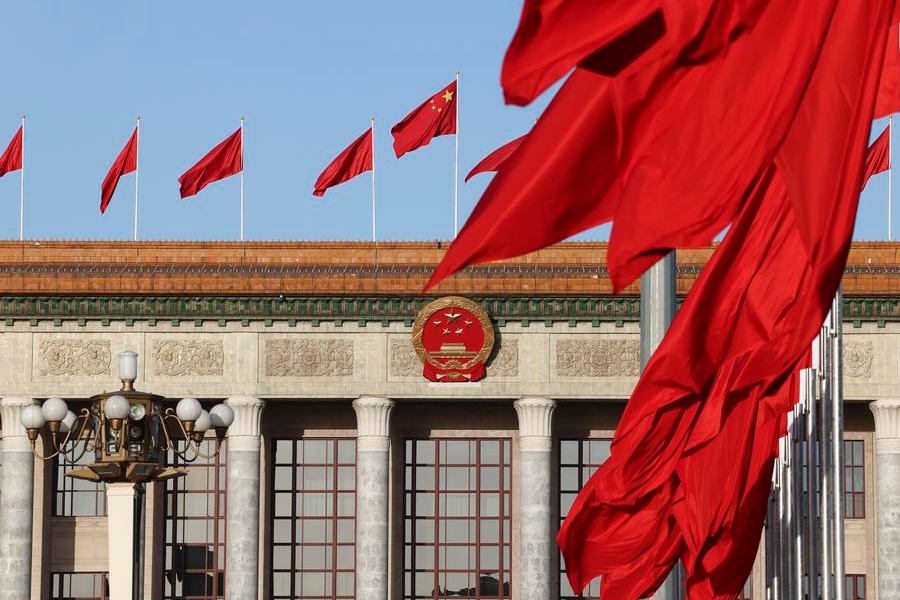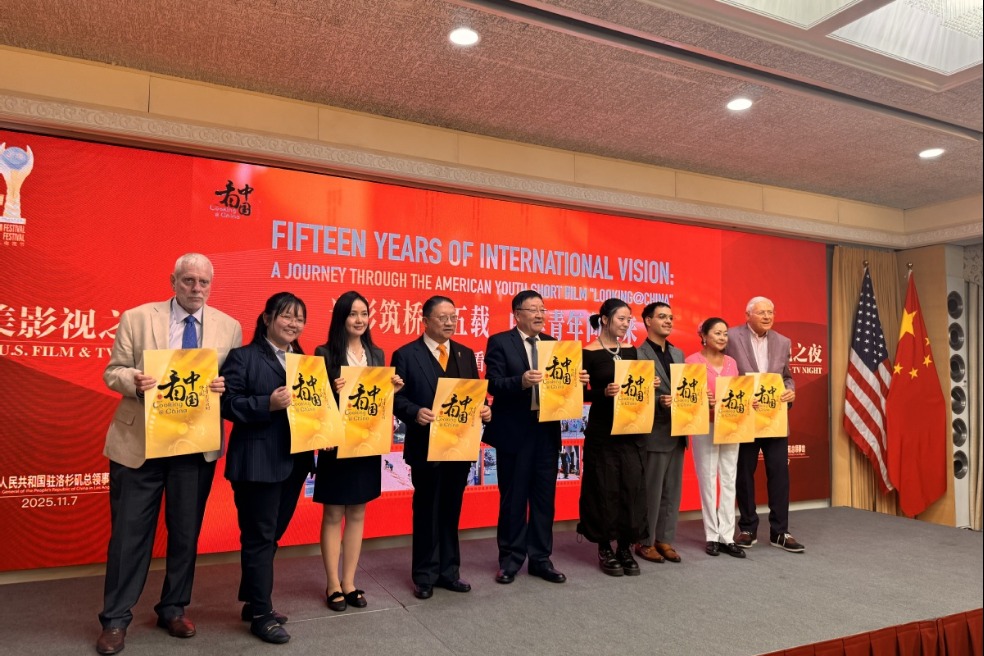It's time for a new development model

Several critical decisions were made at the recent 20th National Congress of the Communist Party of China. One of the most important was to accelerate the modernization of the country. What challenges and risks does China face on the path to high-quality development?
To realize the goal of building a modern socialist country in all respects, the government faces the most challenging task it has faced in decades. It's time to abandon the economic growth pattern that has proved so successful over the past 40 years, as the reliance on large-scale domestic investment has led to an increase in public and private debt.
As economist Albert Hirschman noted many years ago, rapid growth inevitably leads to economic imbalances. As an economy develops, a previously successful growth model becomes a brake on further progress, and it must transition to another phase. Hirschman also pointed out the attendant dilemma: It is tough to abandon a development model that has brought success. Its success gives rise to deeply ingrained political, economic, financial and even cultural institutions that can become an insurmountable obstacle to the transition to a new development phase.
The transition to another growth model is challenging, since it is much more comfortable to remain in a familiar environment. Making the often painful transition requires a series of decisive actions: political will, capable public servants and public support.
Economic growth models based on accelerated investment and stimulation of domestic consumption have been common to all fast-growing economies, such as the Soviet Union and Brazil in the 1950s and '60s, Japan in the 1970s and '80s, and South Korea in the 1990s and 2000s. However, a critical difference between them was that the first two failed to reorganize themselves to move to innovative and high-tech industries and got stuck in the middle-income trap.
China is now at this inflection point, according to the classifications of the World Bank, as the country is moving from the middle-income group, with a per capita GDP of $12,550 in 2021, into the high-income-country group. Its per capita GDP is expected to be about $13,000 at the end of this year.
China's development pattern over the previous 40-plus years was based on exports and huge domestic investments, which has led to a relatively high level of national debt. Investment typically represents about 25 percent of global GDP, ranging from 17 to 23 percent for developed countries to 28 to 32 percent for rapidly growing developing countries. However, over the past two decades, to maintain its economic growth, China has invested a massive 40 to 50 percent of its GDP each year.
Before the 2008 global financial crisis, China's debt (including that of government, households and businesses) remained stable at around 150 percent of GDP. But by 2015, the debt had quickly risen to 220 percent of GDP, according to data from the International Monetary Fund. Excessive debt usually slows the economic growth of economies, and China's economic growth dropped in the 2010s — but only from 10 to 6 percent, which is still high. The country avoided a deeper slowdown thanks to the high-tech sector boom and the issuance of additional debt.
Most government borrowing is used to finance investment, primarily in infrastructure and construction. In China's case, this was shown again in 2020, when the onset of the COVID-19 pandemic led to a sharp drop in consumption, which in turn led to a reduction in real growth. Therefore, only infrastructure and real estate investments explain the entire evolution of China's GDP.
China's debt-to-GDP ratio rose from about 247 percent to 270 percent in 2020, according to data from the National Institute for Finance and Development. It must be emphasized that, unlike for most developing countries, the sovereign debt of China is almost entirely domestic, controlled not by foreign investment or international loans but by the government itself.
Economic theory confirms that accumulating even higher debt levels can become unsustainable, and China will not be able to borrow at the same rate. The realistic development option for the country's transition to an innovative, high-quality economy is to slow down economic activity based on large-scale investments and extensive growth.
Hirschman, the economist, pointed out that without undergoing a timely, albeit painful, restructuring, countries stop their development at such an inflection point. This is what China has to do now. The decisions made at the 20th CPC National Congress show that the country's leadership recognizes this point has been reached and it knows what must be done to accelerate the modernization of the country and pursue high-quality development.
The author is a former prime minister of Kyrgyzstan and a visiting senior fellow at Peking University's Institute for Global Cooperation and Understanding.
































